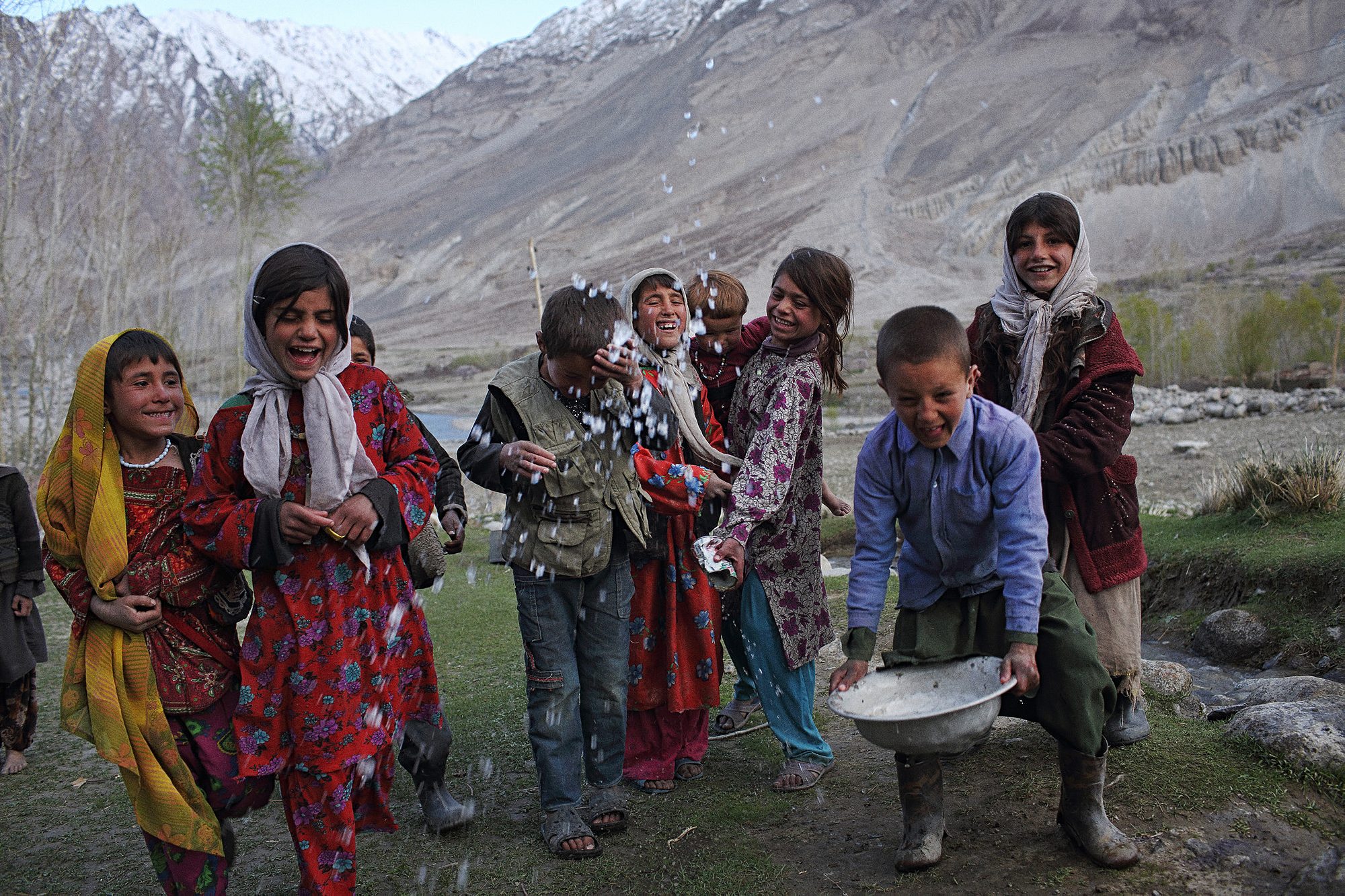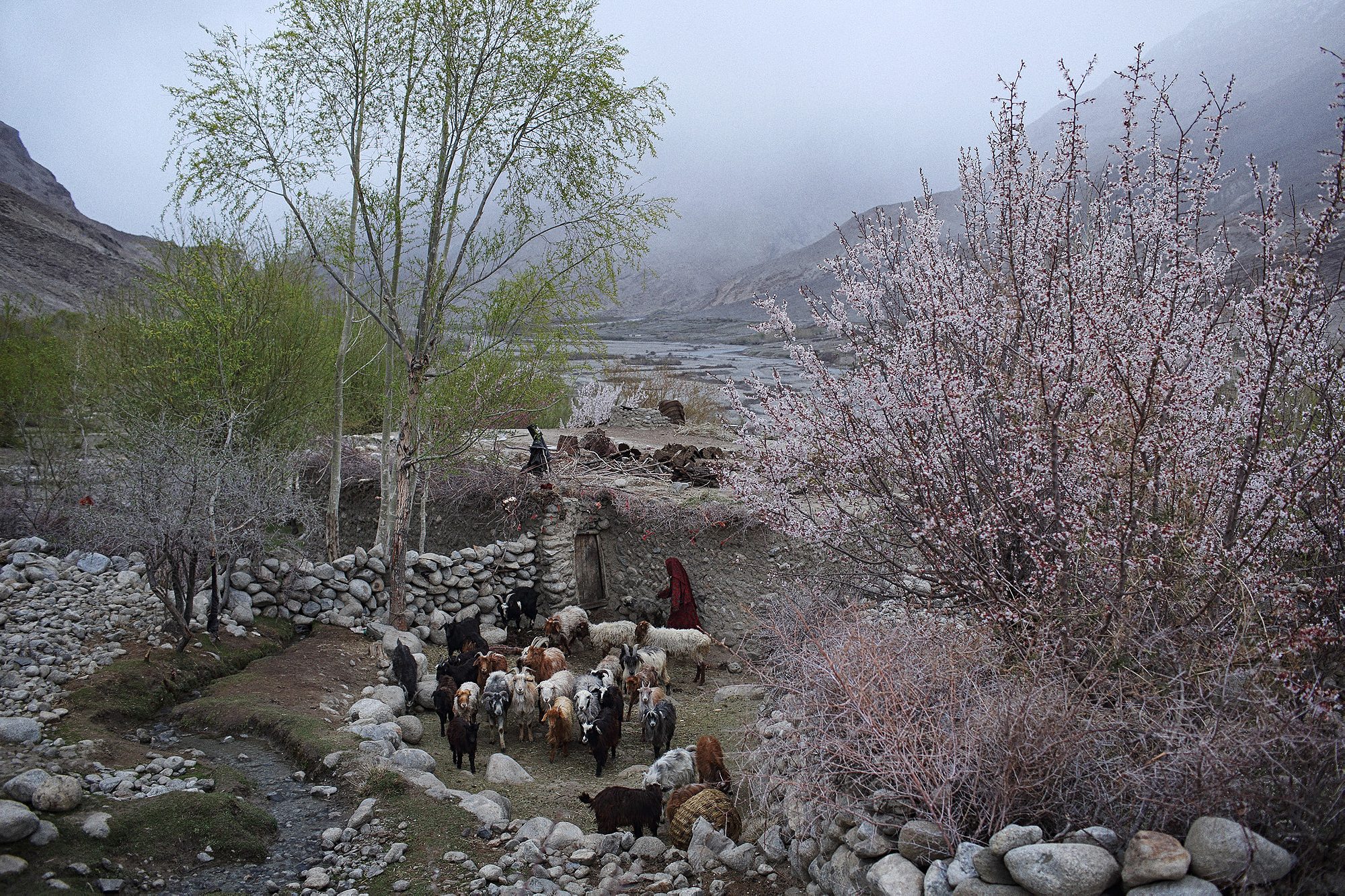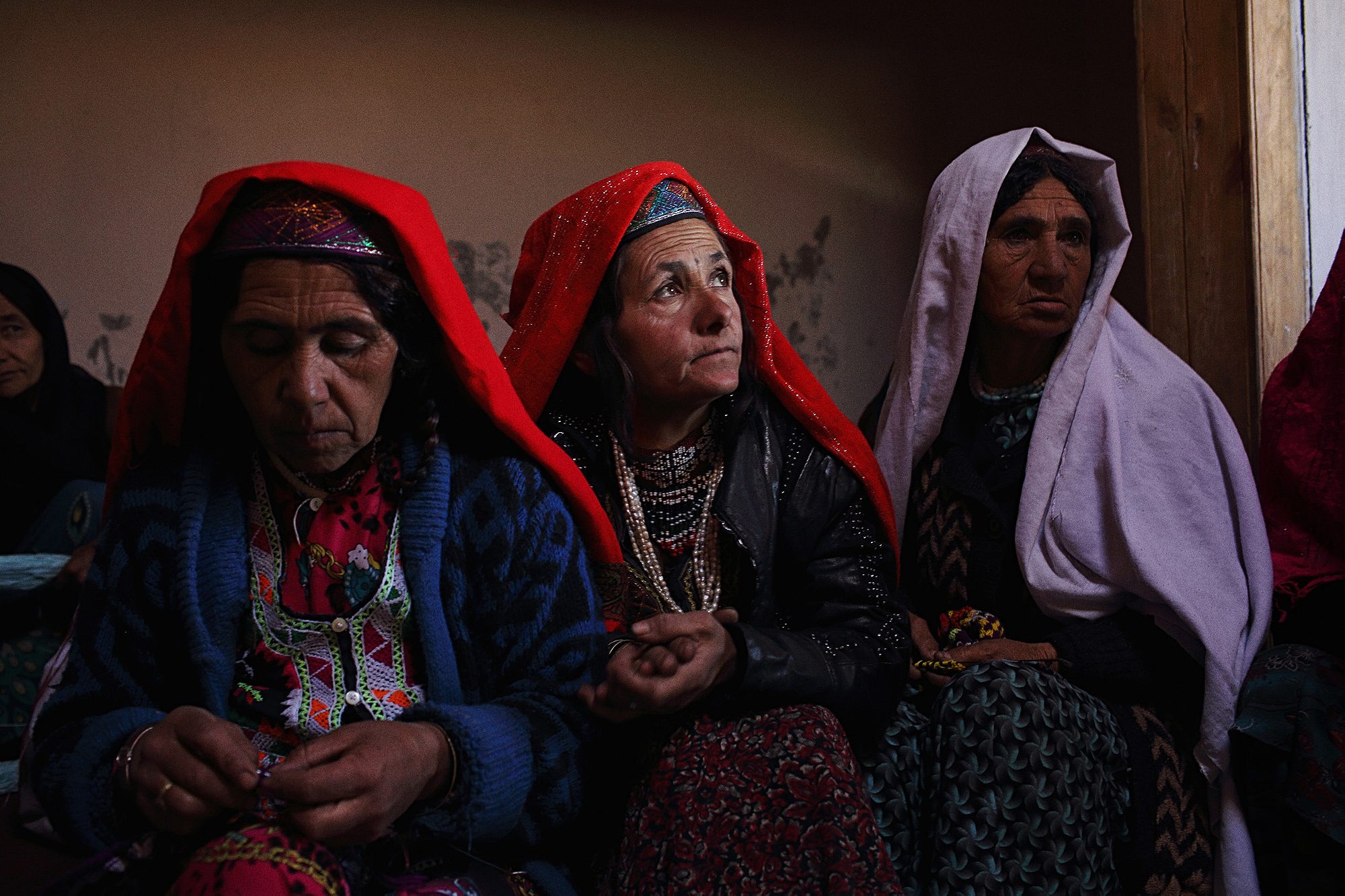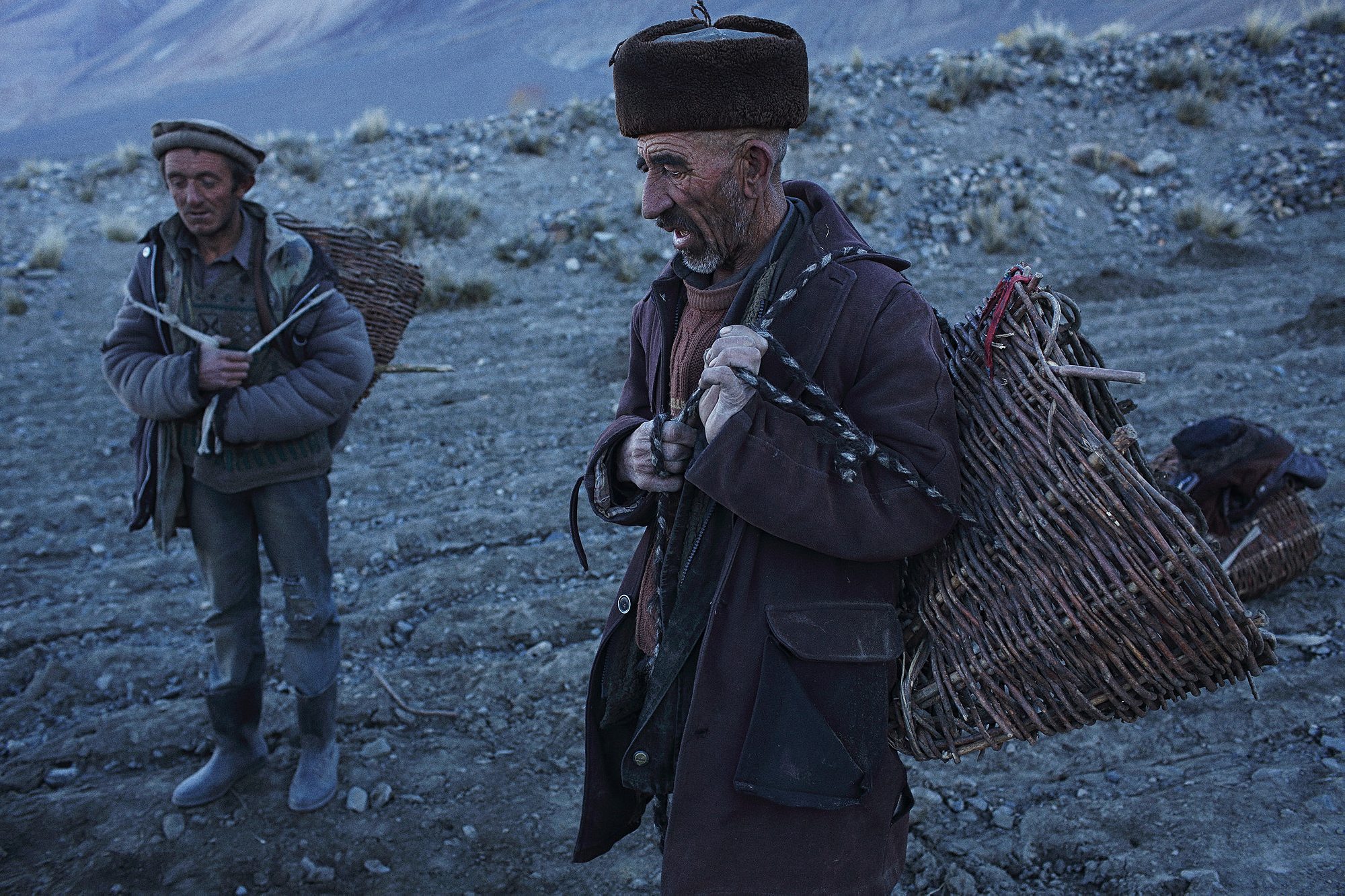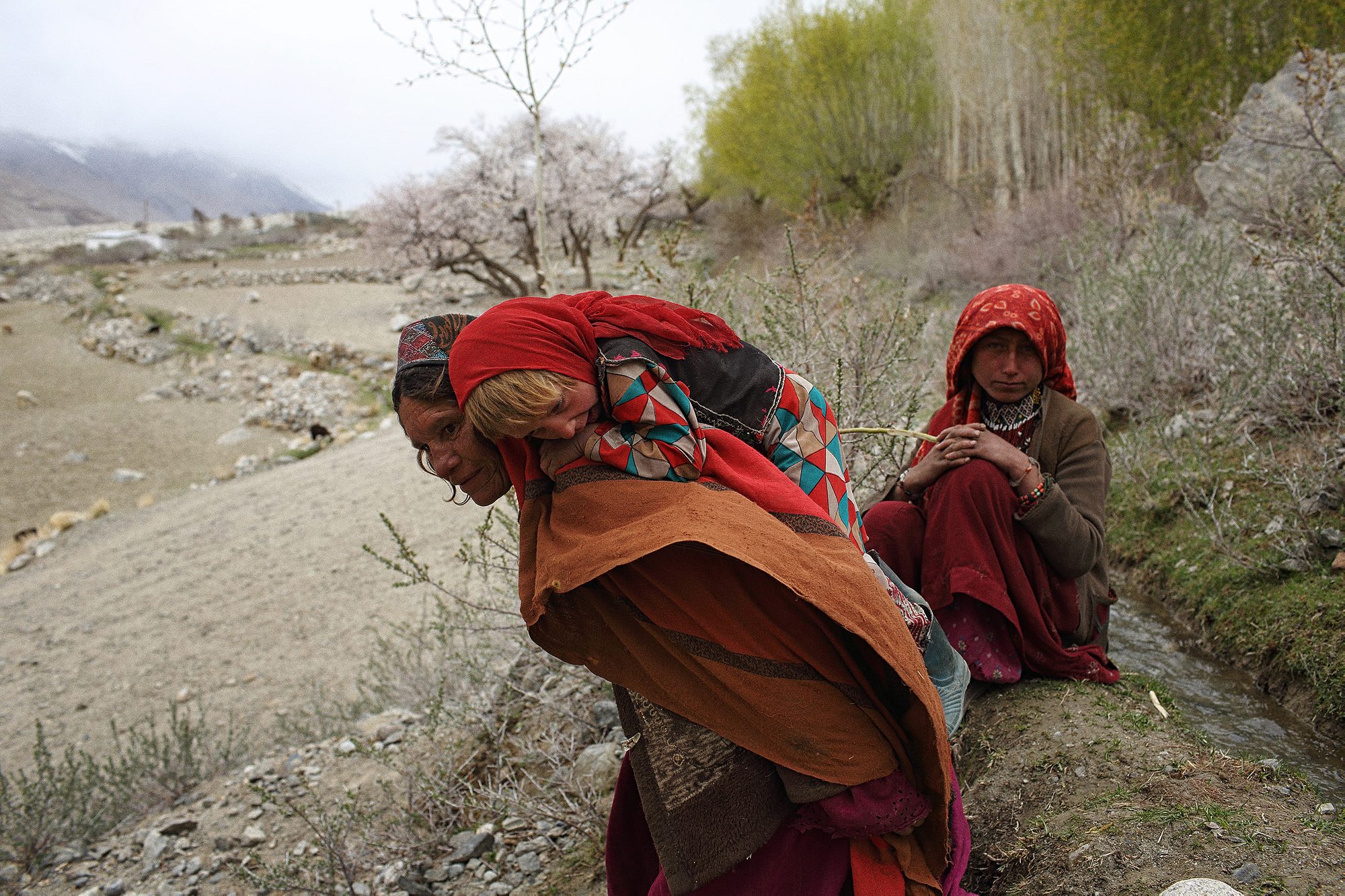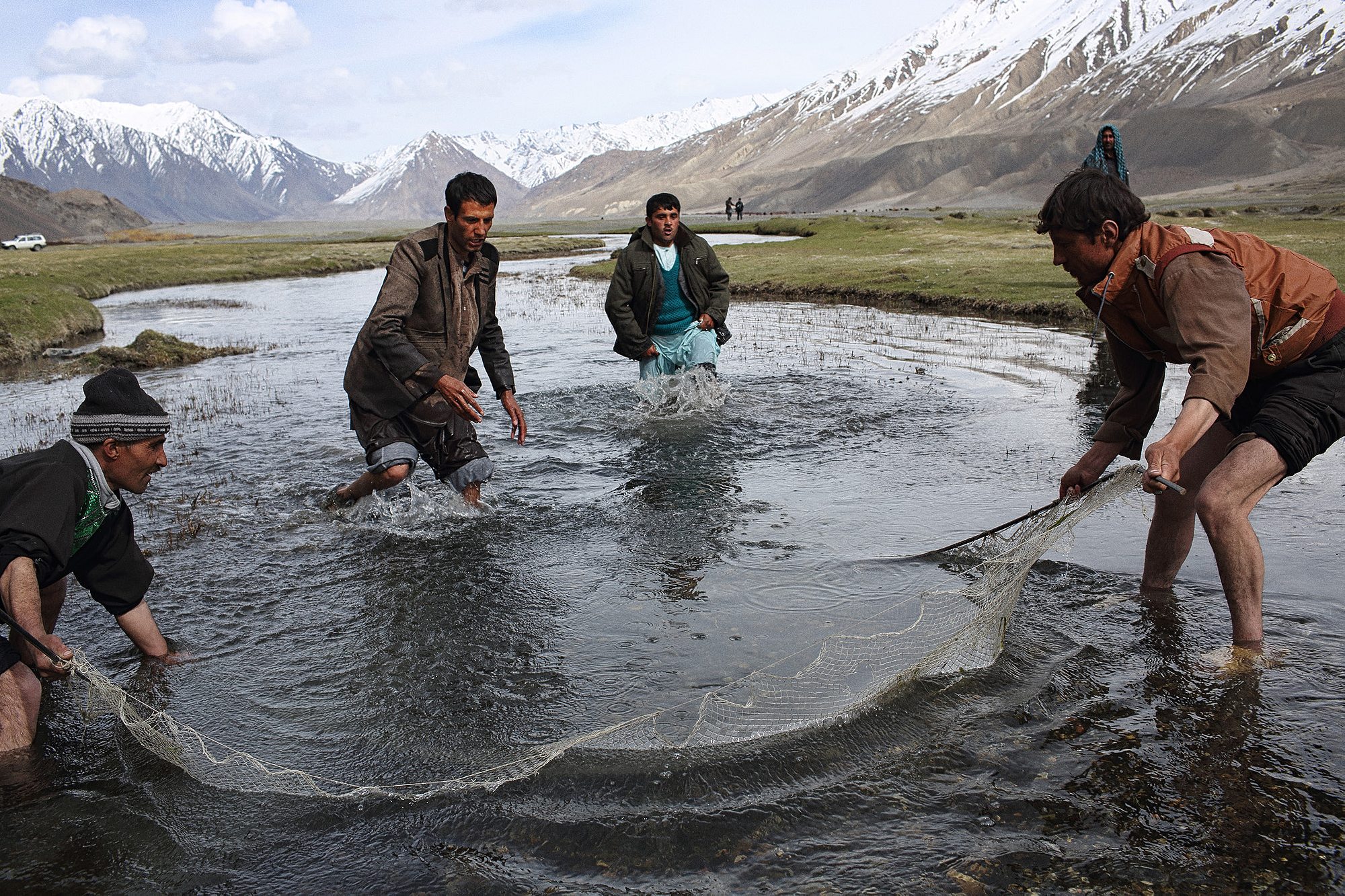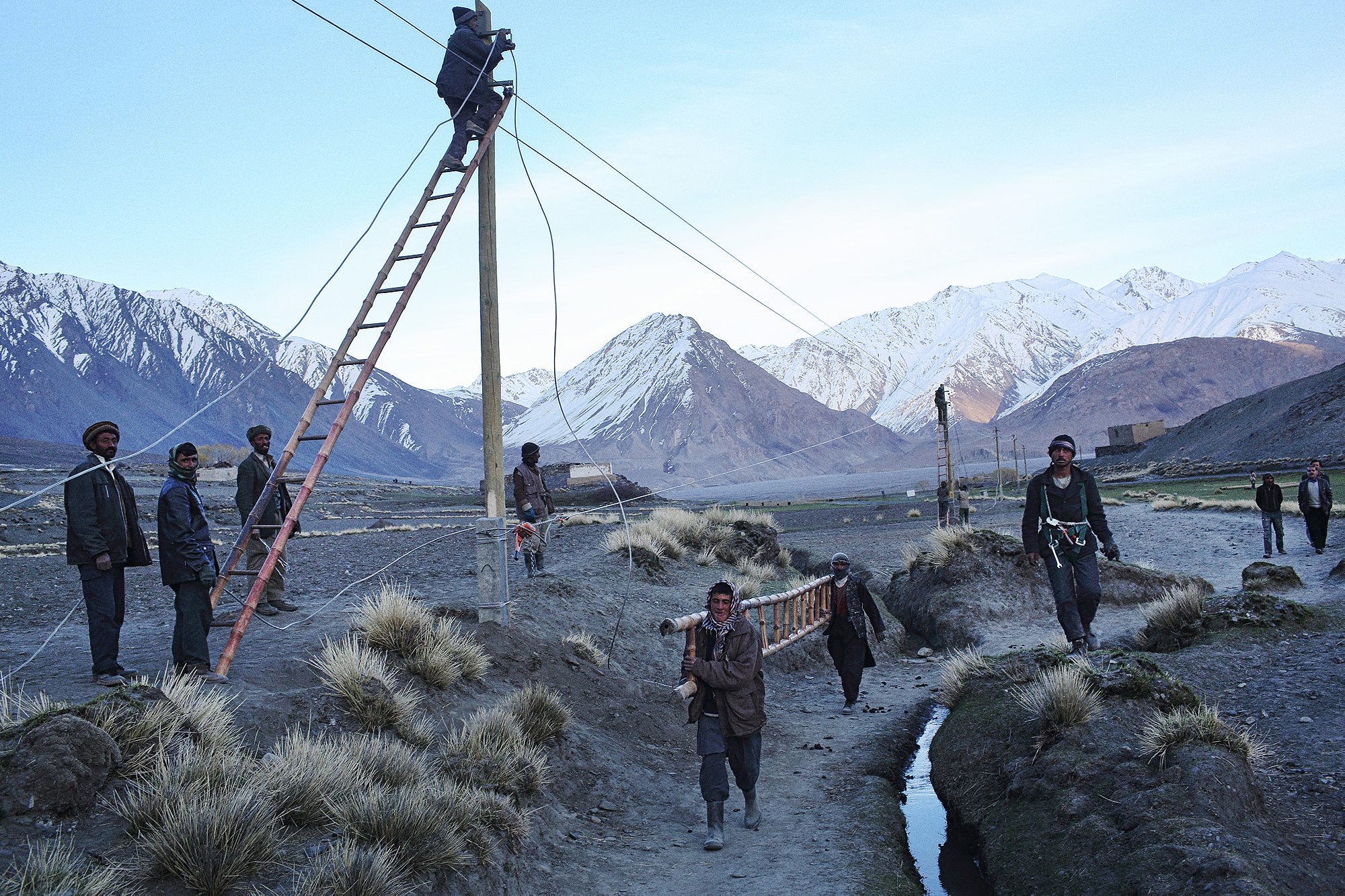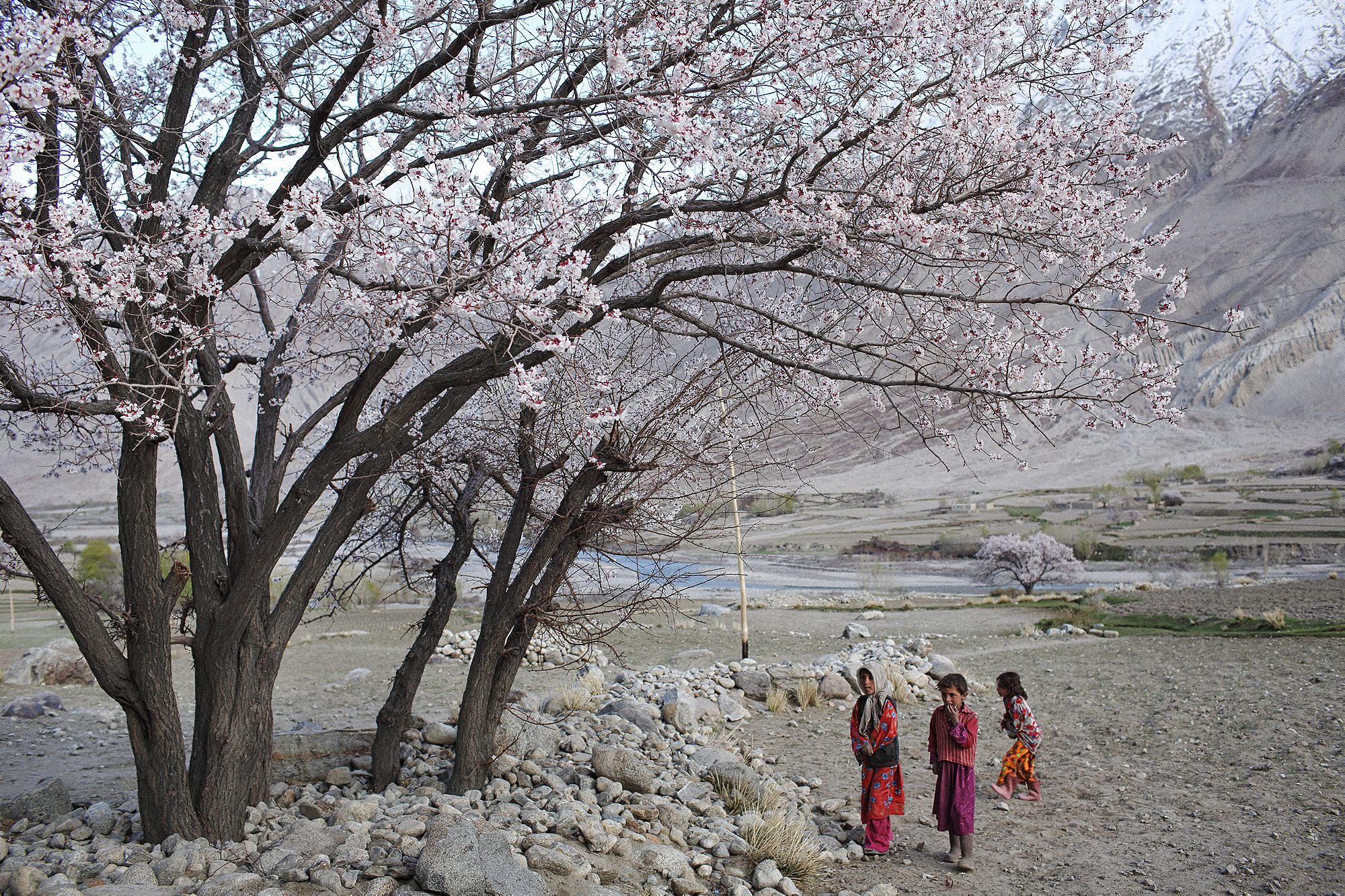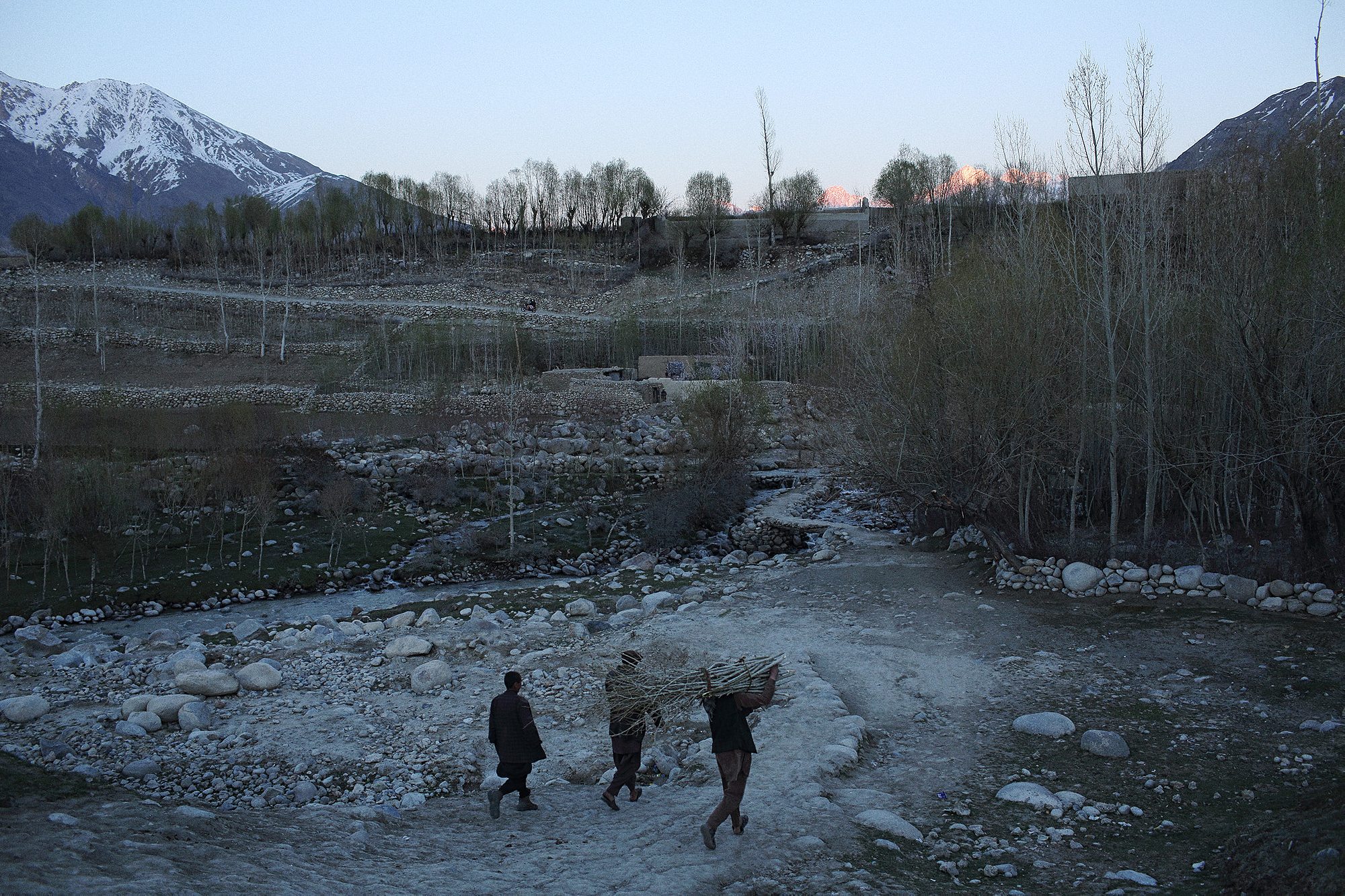The Wakhan is as close to a tourist destination as you’re likely to find in Afghanistan, and an entirely worthy one at that.
Viewed on a map, the Wakhan Corridor seems a peculiar territory, a narrow strip of northeast Afghanistan that stretches between Pakistan to the south and Tajikistan to the north and ends on the Chinese border. Politically, it is an invention of the Great Game, a buffer zone between old empires, but there is a geographic reality to it. The Corridor is exactly that, a long and nearly impenetrable valley flanked by some of the tallest peaks of the Pamirs (including Afghanistan’s highest—Noshaq at 24,580 feet). To this day, it remains one of the few regions of the country that the Taliban have failed to step foot in.
In Afghanistan, security is a rare luxury. With everything else that the Wakhan has to offer to travelers, its tranquility is still one of its most appealing traits. It was certainly an added bonus when I was asked by the Aga Khan Foundation, which conducts development programs in the Wakhan and throughout the north of the country, to accompany a small team into the Corridor. Not having to watch my back was a relief that is rarely afforded in the parts of Afghanistan my work usually takes me to.
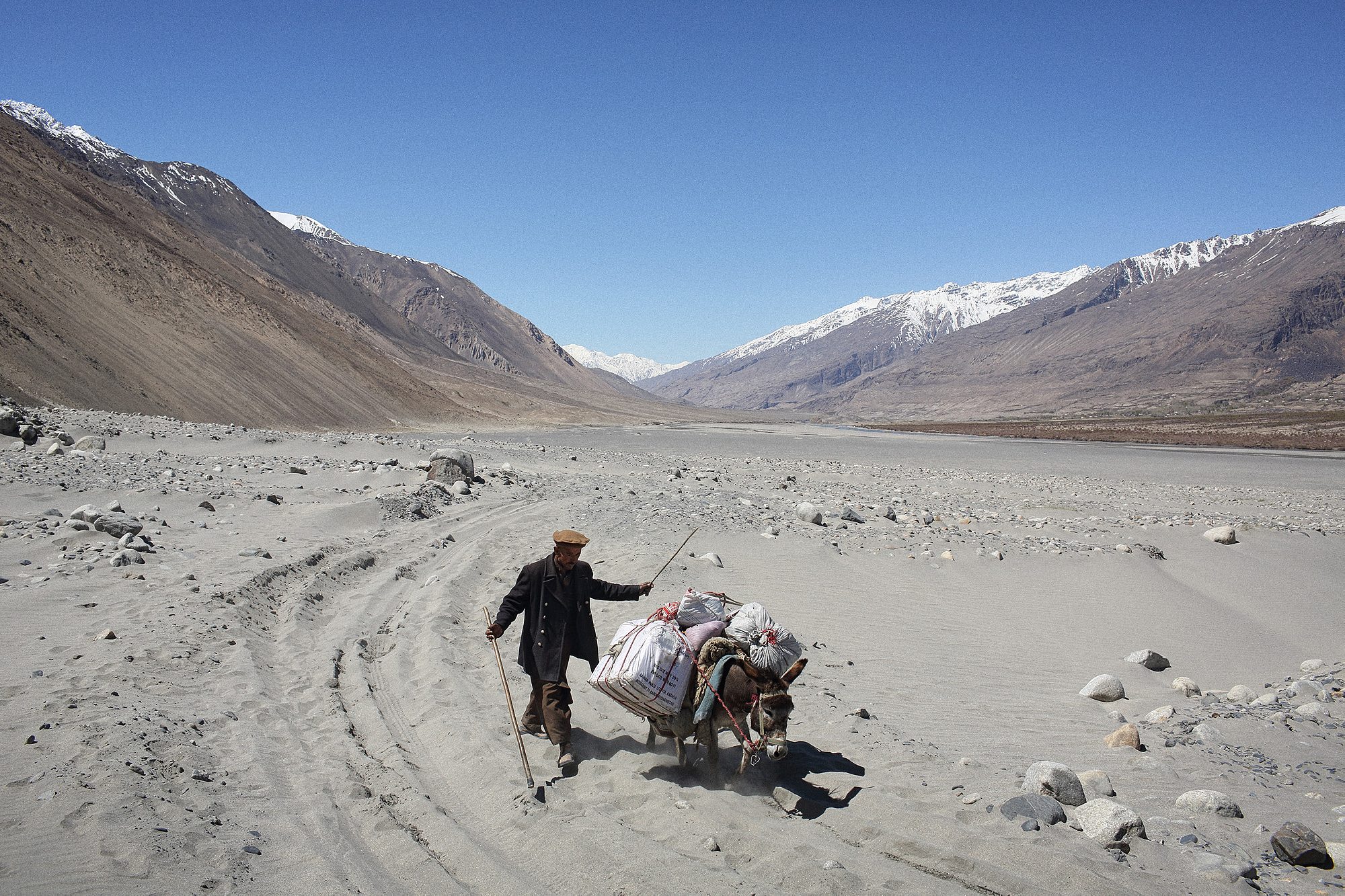
The Wakhan is far from an easy destination to reach. The road from the nearest provincial center is considered too dangerous and the alternative involves a flight to Tajikistan and a 14-hour drive. With Aga Khan, I was able to get a seat on a flight with Pactec, an airline that caters solely to NGOs in Afghanistan and flew directly from the provincial capital, Faisabad to Ishkashim, the district center at the entrance to the Wakhan.
The landscape is as breathtaking as it is unforgiving. Much of the valley floor is strewn with ancient rockfalls like great ocean swells frozen in stone. The Wakhan’s elevation and brutal winters provide meager agricultural opportunities. Its roughly 12,000 residents survive on what they can cultivate and store during the few warmer months when the earth thaws. Most also have small herds of livestock, which provide food as well as a means of trade.

The iconic blue burqa—ubiquitous throughout the rest of the province—is nowhere to be seen here. Instead, women and girls wear vibrant red scarves that flow from round skull-caps as they muster goats and sheep, collect water from streams and undertake other daily chores that seem less dictated by gender than elsewhere in Afghanistan.
Tourism infrastructure in the Wakhan is basic but surprisingly not scarce. The experience isn’t about planned activities, nor does it cater particularly to Western habits or sensibilities. Its authenticity, however, is something that more developed destinations can only mimic.
Like the territory itself, Wakhis seem insulated from the turmoil that has gripped greater Afghanistan in the last four decades. Here, foreigners are welcomed without any sense of suspicion or concern about being seen as consorting with the enemy. It’s as close to a tourist destination as you’re likely to find in Afghanistan, and an entirely worthy one at that.

